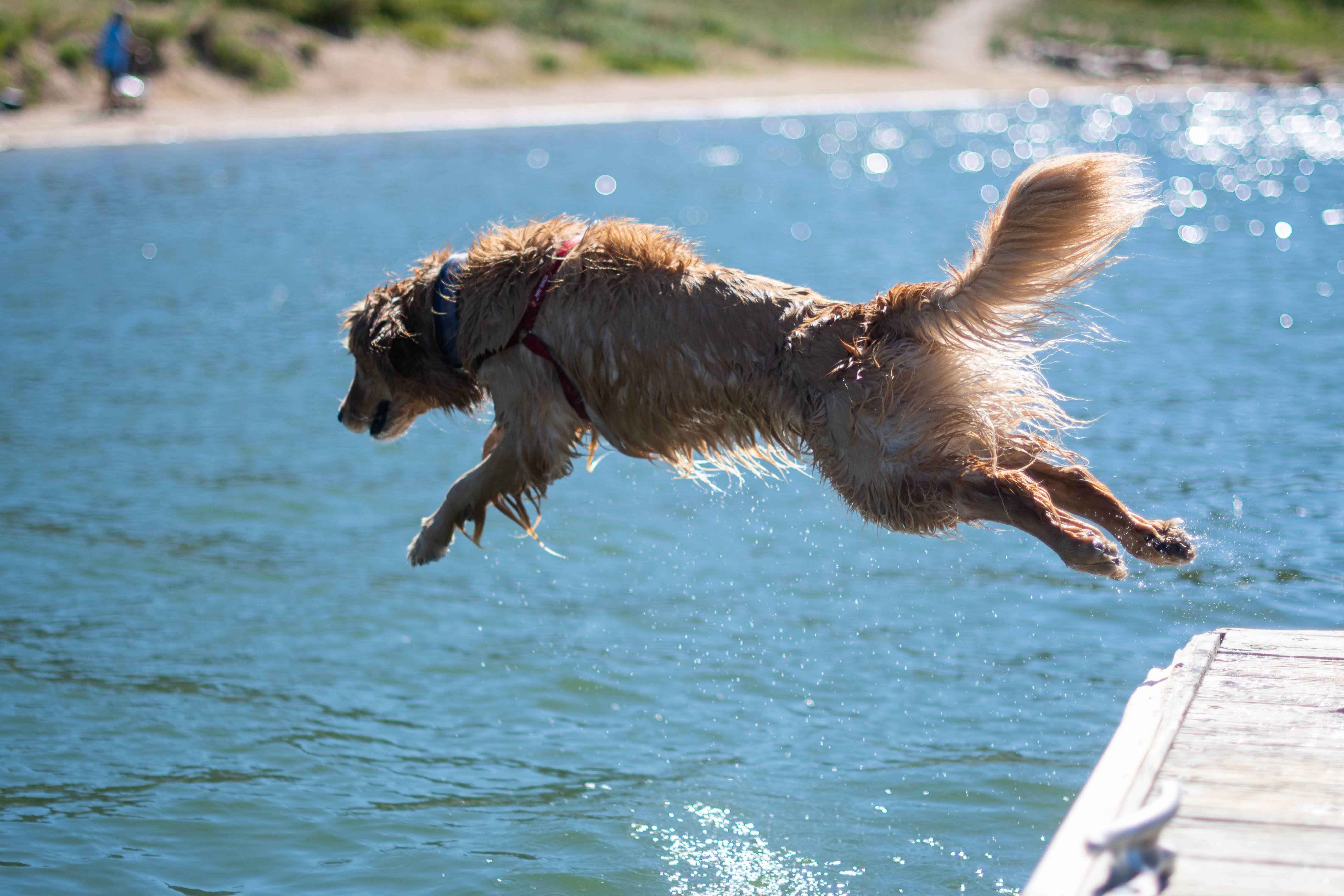As dog owners, we want nothing but the best for our furry companions, especially when it comes to their health and well-being. Golden Retrievers, known for their friendly nature and playful demeanor, are a beloved breed cherished by many. However, just like humans, these lovable canines are susceptible to joint pain and discomfort as they age. Joint pain in Golden Retrievers can greatly affect their quality of life, hindering their mobility and overall happiness. In this blog post, we will explore some common signs that your Golden Retriever may be experiencing joint pain. By being vigilant and proactive, we can help alleviate their discomfort and ensure they live a happy and pain-free life. So, let’s dive in and learn how to spot the telltale signs of joint pain in our Golden Retrievers.
Title: Spotting the Telltale Signs: Is Your Golden Retriever Suffering from Joint Pain?
Meta Description: Discover the signs that indicate your beloved Golden Retriever may be experiencing joint pain. Learn how to recognize these symptoms and take appropriate steps to ensure their comfort and well-being.
Golden Retrievers are known for their friendly and energetic nature. These loyal companions bring immense joy to our lives. However, as they age, they may develop joint pain, a common condition that can significantly affect their quality of life. As responsible pet owners, it’s important to be aware of the signs that indicate our Golden Retrievers may be experiencing joint pain. By recognizing these symptoms early on, we can provide them with the necessary care and support to alleviate discomfort and maintain their overall health and happiness.
In this blog post, we will delve into the various signs that may indicate joint pain in Golden Retrievers. From subtle changes in behavior to physical symptoms, we will cover everything you need to know to spot the telltale signs and take appropriate action.
- Difficulty with Movement:
One of the primary indicators of joint pain in Golden Retrievers is a noticeable change in their mobility. Keep an eye out for the following signs:
– Reluctance to climb stairs or jump onto furniture
– Stiffness when getting up after resting
– Limping or favoring certain limbs
– Reduced interest or ability in physical activities they once enjoyed
- Changes in Behavior:
Golden Retrievers are typically lively and sociable. However, when they experience joint pain, their behavior may change. Look for the following behavioral changes that could signal joint discomfort:
– Increased irritability or aggression
– Withdrawal from social interactions or decreased interest in playtime
– Reluctance to be touched or groomed in certain areas
– Excessive licking or chewing of specific joints

- Altered Eating Habits:
Pain can affect a dog’s appetite and eating habits. Pay attention to any changes in your Golden Retriever’s eating patterns, such as:
– Loss of appetite or decreased food intake
– Difficulty chewing or preference for softer foods
– Weight loss or gain due to reduced activity levels
- Vocalizations and Restlessness:
Joint pain can cause discomfort and restlessness, leading to vocalizations or restless behavior. Watch out for the following signs:
– Whining, whimpering, or excessive panting
– Difficulty settling down or finding a comfortable position to rest
– Increased pacing or restlessness during sleep
- Visible Physical Symptoms:
In some cases, joint pain may manifest in visible physical symptoms. Look for the following signs:
– Swelling, redness, or warmth around the affected joints
– Noticeable limping or abnormal walking posture
– Muscle atrophy or loss of muscle mass around the affected area
As responsible pet parents, it is crucial to be vigilant and proactive in identifying signs of joint pain in our Golden Retrievers. By recognizing these symptoms early on, we can seek appropriate veterinary care and explore various treatment options to improve their quality of life.
If you notice any of the telltale signs mentioned above, consult your veterinarian promptly. They will conduct a thorough examination, potentially including X-rays or other diagnostic tests, to determine the underlying cause of your Golden Retriever’s joint pain.
Remember, early detection and appropriate management are key to ensuring your furry friend’s comfort and well-being. With proper care, support, and the guidance of your trusted veterinarian, you can help your Golden Retriever continue to live a happy and active life, even in the presence of joint pain.
In conclusion, being aware of the signs that your golden retriever may be experiencing joint pain is crucial for their overall well-being and quality of life. By recognizing these telltale signs early on, you can take proactive steps to alleviate their discomfort and seek appropriate veterinary care. Remember, your furry friend relies on you for their health and happiness. So, stay vigilant, observe their behavior closely, and never hesitate to consult with a professional if you suspect joint pain in your golden retriever. With your love, attention, and proper care, you can ensure that your furry companion enjoys a pain-free and active lifestyle for years to come.
Please follow us on Social Media



.jpg)

%20-%20Copy.jpg)
.jpg)
.jpg)
%20-%20Copy.jpg)